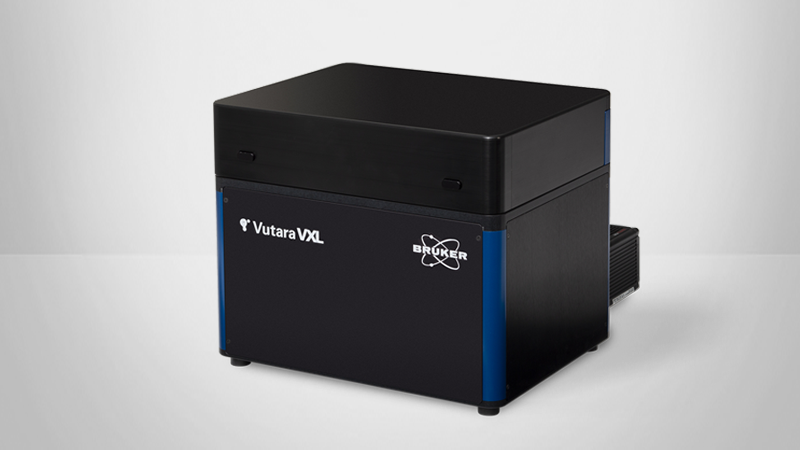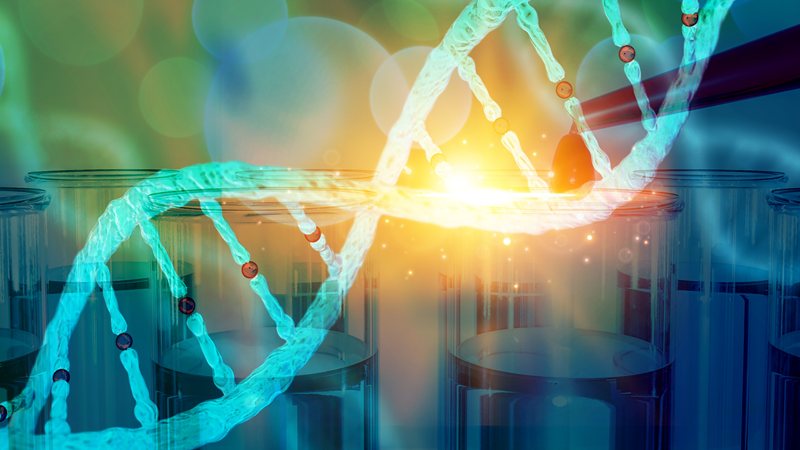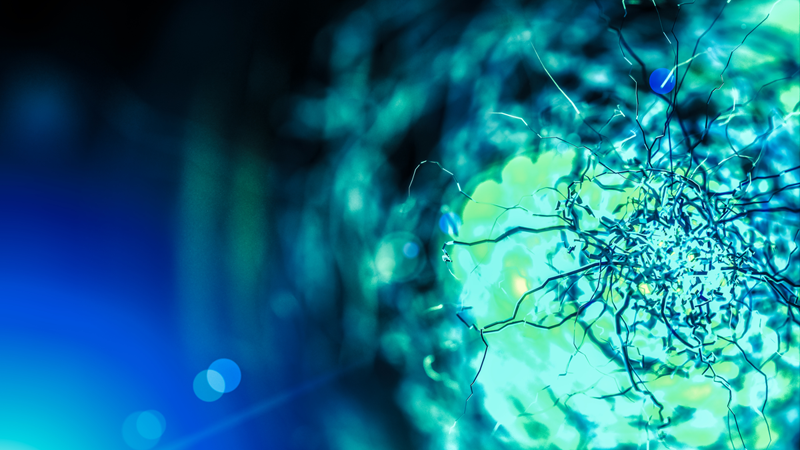

Nano-organization of Spontaneous GABAergic Transmission Directs its Autonomous Function in Neuronal Signaling
Learn about the organization of neurotransmission at inhibitory synapses
In this webinar recording, guest speakers Ege Kavalali, Ph.D., and Natalie Guzikowski, Ph.D., from Vanderbilt University discuss how artemisinins and gephyrin interact and affect GABAAR-mediated neurotransmission in central synapses.
Presenter's Abstract
Earlier studies delineated the precise arrangement of proteins that drive neurotransmitter release and postsynaptic signaling at excitatory synapses. However, spatial organization of neurotransmission at inhibitory synapses remains unclear. Here, we took advantage of the molecularly specific interaction of antimalarial Artemisinins, and inhibitory synapse scaffold protein, gephyrin, to probe the functional organization of gamma-aminobutyric acid A receptor (GABAaR)-mediated neurotransmission in central synapses. Short-term application of Artemisinins severely contracted the size and density of gephyrin and GABAaR γ2 subunit clusters. This size contraction elicited a neuronal activity-independent increase in Bdnf expression due to a specific reduction in GABAergic spontaneous, but not evoked, neurotransmission. The same functional effect could be mimicked by disruption of microtubules that link gephyrin to the neuronal cytoskeleton. These results suggest the GABAergic postsynaptic apparatus possesses a concentric center-surround organization, where the periphery of gephyrin clusters selectively maintain spontaneous GABAergic neurotransmission facilitating its autonomous function regulating Bdnf expression.
Find out more about our other solutions for Fluorescence Microscopy or Super-Resolution Microscopy:
Featured Products and Technology
Guest Speakers
Ege Kavalali, Ph.D., Professor & Chair, Department of Pharmacology, Vanderbilt School of Medicine
Dr. Kavalali is a Professor & Chair of the Department of Pharmacology and William Stokes Chair in Experimental Therapeutics at Vanderbilt School of Medicine. Dr. Kavalali studies mechanisms of neurotransmission and synaptic signaling in the central nervous system using electrical and optical recording techniques as well as molecular tools. His group focuses on the molecular basis and functional consequences of heterogeneity among synaptic vesicle recycling pathways present within individual synapses. In particular, his work has uncovered the role and underlying mechanisms of spontaneous neurotransmitter release that differentiates it mechanistically and functionally from evoked neurotransmission. These studies gave rise to the hypothesis that spontaneous neurotransmission acts as an autonomous neuronal signaling pathway independent of action potential-evoked synaptic transmission. In addition, Dr. Kavalali and colleagues have identified spontaneous neurotransmission-dependent signal transduction mechanisms that are required to trigger rapid antidepressant action.
Natalie Guzikowski, Ph.D. Neuroscience Student, Vanderbilt University and member of the Kavalali Lab
Natalie is a Ph.D., neuroscience student at Vanderbilt University and a member of the Kavalali Lab. Her current research includes using STORM and electrophysiology recording methods to study synaptic function. Prior to Vanderbilt, she was a Masters Student Research Scientist at University College London.


